
Added: 04 September 2025
I coach evidence led strength & conditioning (S&C) that puts movement quality first and loads you second. Because there's little point being 'strong' if your hips don't rotate, your ankles don't flex, or your shoulders can't reach.
Mobility and control unlock strength you can use in real life.
Bottom line: Move well, then load well. That's how I train for strength, confidence, and longevity.
Movement first, strength second is why quality comes before quantity
For adults 40+, the best results come from building movement capacity before chasing numbers. When you can squat, hinge, push, pull, carry and rotate with good control, the body accepts load more safely.
That means fewer niggles, better training consistency, and steady progress. I coach positions (neutral spine, stable feet, stacked ribs and pelvis), then add resistance you can own and not weights you wrestle.
The S&C pillars for 40+: mobility, strength, power, conditioning, balance
- Mobility: Hips, ankles, thoracic spine, and shoulders need usable range. I use targeted drills to open what's stiff and stabilise what's wobbly
- Strength: Compound patterns (squat, hinge, push, pull, carry) build muscle, bone density, and resilience
- Power: Small, joint-friendly doses of speed (e.g., medicine-ball throws or fast step-ups) keep you agile
- Conditioning: Intervals or brisk steady work improve heart health without wrecking recovery
- Balance & control: The nervous system learns to produce and absorb force safely so crucial for trips, slips, and sport
One smart full-body session (home or gym)
This is a single, well-rounded session you can run 2-3 times per week with a couple of rest days between.
It blends mobility with compound strength so you move well and get strong. Choose the Home or Gym option for each block.
Aim for it to feel challenging but controlled.
A. Mobility primer (5-8 minutes)
- T-spine rotations: 6-8/side
- Ankle rocks (knee over toes): 10/side
- Hip airplanes or supported hip circles: 6-8/side
- Shoulder CARs (controlled circles): 5/side
B. Squat pattern (3-4 sets x 6-8 reps)
- Home: Goblet squat (dumbbell/kettlebell) or backpack front squat
- Gym: Barbell Front/Back squat (neutral spine, full-foot pressure)?
C. Horizontal push (3 sets x 8-10 reps each)
- Home push: Elevated press-ups (hands on bench/table), progress by lowering height
- Gym push: Kettlebell/Barbell push press or cable press
D. Hinge pattern (3-4 sets x 5-6 reps)
- Home: Romanian deadlift with dumbbells, slow 3-second lower
- Gym: Kettlebell Deadlifts or Barbell RDL
E. Horizontal pull (3 sets x 8-10 reps each)
- Home pull: One-arm dumbbell row or band row
- Gym pull: Seated cable row or barbell row?
F. Carry/brace + rotation (3 rounds)
- Carry/brace (30-40 m):
Home: Suitcase carry (one dumbbell) then swap sides
Gym: Front-rack carry or farmer's carry - Rotation (6-8/side):
Home: Tall-kneeling banded pallof press + rotation
Gym: Cable pallof press + rotation
G. Conditioning finisher (6-10 minutes)
- Home: 30 s brisk walk up a hill / 60 s easy (6-8 rounds)
- Gym: 30 s bike/rower at moderate pace / 60 s easy?
Progressions (week to week):
- Add 1-2 kg, or 1 rep per set, or 1 extra set - only change one variable at once
- Keep reps in reserve (RIR 2-3). When form wobbles, you've done enough
- Every 4th or 5th week, take a lighter deload to bank adaptations
Why this works: you get all-round stimulus (strength, control, conditioning) in one session without beating yourself up. Mobility is baked in, not bolted on.
Gym vs home: which setup fits your life?
- Private Gym (Sowton, Exeter): Quiet, coach-led sessions with immediate technique feedback and access to barbells, cables, and machines. Ideal if you want structure and accountability
- Home programme: Minimal kit (a couple of dumbbells/bands) can go a long way. I'll programme your week, review form via video, and adjust loads so progress stays safe and steady
If you'd like to talk through either option, learn more about my approach as a strength trainer in Exeter.
Safety and progression: screening, technique, recovery
I start with a simple screen: training history, health status, medications, pain/niggles, sleep and stress. Then I watch you move squat, hinge, push, pull, carry, rotate and from this set starting loads you can control.
Progress is gradual and planned. Recovery matters: 7-9 hours sleep where possible, protein in each meal, hydration, and gentle walking on non-training days. If you have a medical condition or are returning from injury, I adapt where necessary.
What to expect in 12 weeks
Training this full-body session 2 to 3 tines per week (with daily steps) typically leads to:
- Noticeably easier stairs, lifting, and yard/garden tasks
- Improved confidence, energy, and often better sleep
- A sustainable routine that feels like part of life, not punishment
How I coach Strength Training in East Devon, Exeter & Sowton
My coaching is practical and evidence-led. We'll agree goals, choose movements that fit your body, and progress at a pace you can recover from. I work extensively with adults 40+ who want to get strong and stay mobile because the best strength is the kind you can actually use.
Next steps: book a free consultation
Curious but cautious? Book a free 30 mminute consultation at the Sowton gym (or online). We'll map a sensible first month and set clear markers for progress.
Click Here to Schedule Your Free Consultation
FAQs
Can I start if I feel stiff or 'out of shape'?
Yes. I prioritise mobility and technique, then add load you can control. Most people feel better within a couple of weeks.
Do I need a gym membership or special kit?
No. A pair of dumbbells and a band can cover the home version. Studio sessions are available if you prefer coached, in-person training.
How heavy should I lift?
Heavy enough to be challenging while keeping two good reps 'in the tank'. If form slips, the weight is too heavy for today.
What if I have a niggly knee, back or shoulder?
I adjust range, tempo and exercise selection, strengthen around the joint, and progress as symptoms allow. I can liaise with your physio if needed.
How quickly will I see results?
Most notice better movement and confidence within 2 to 4 weeks, with clear strength gains by 8 to 12 weeks assuming 2 to 3 sessions per week and decent recovery.
More Personal Training News
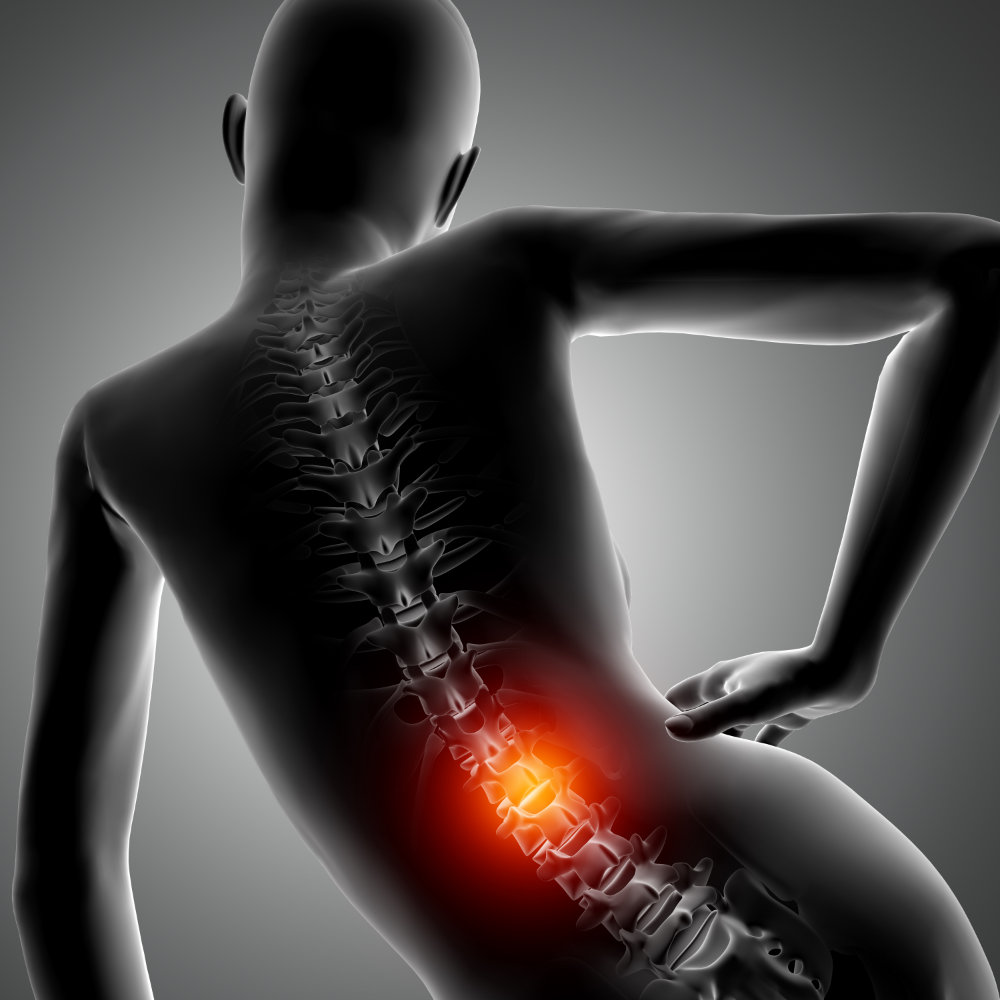
Strength training for lower back pain: what the best evidence actually says
The short answer is that for non-specific lower back pain (NSLBP), exercise (especially progressive strength training) is one of the most consistently effective treatments..
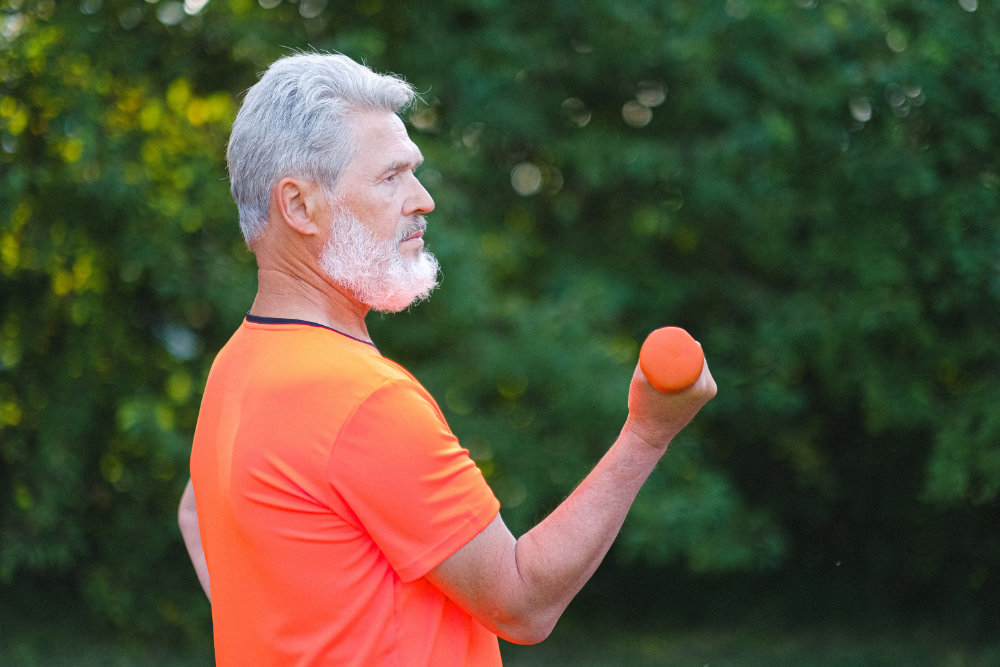
Over 50s personal training in Exeter and East Devon
If you’re 50+ and wondering how to get stronger, move better, and feel more like you again good news: you’re never too old to start (or restart)..
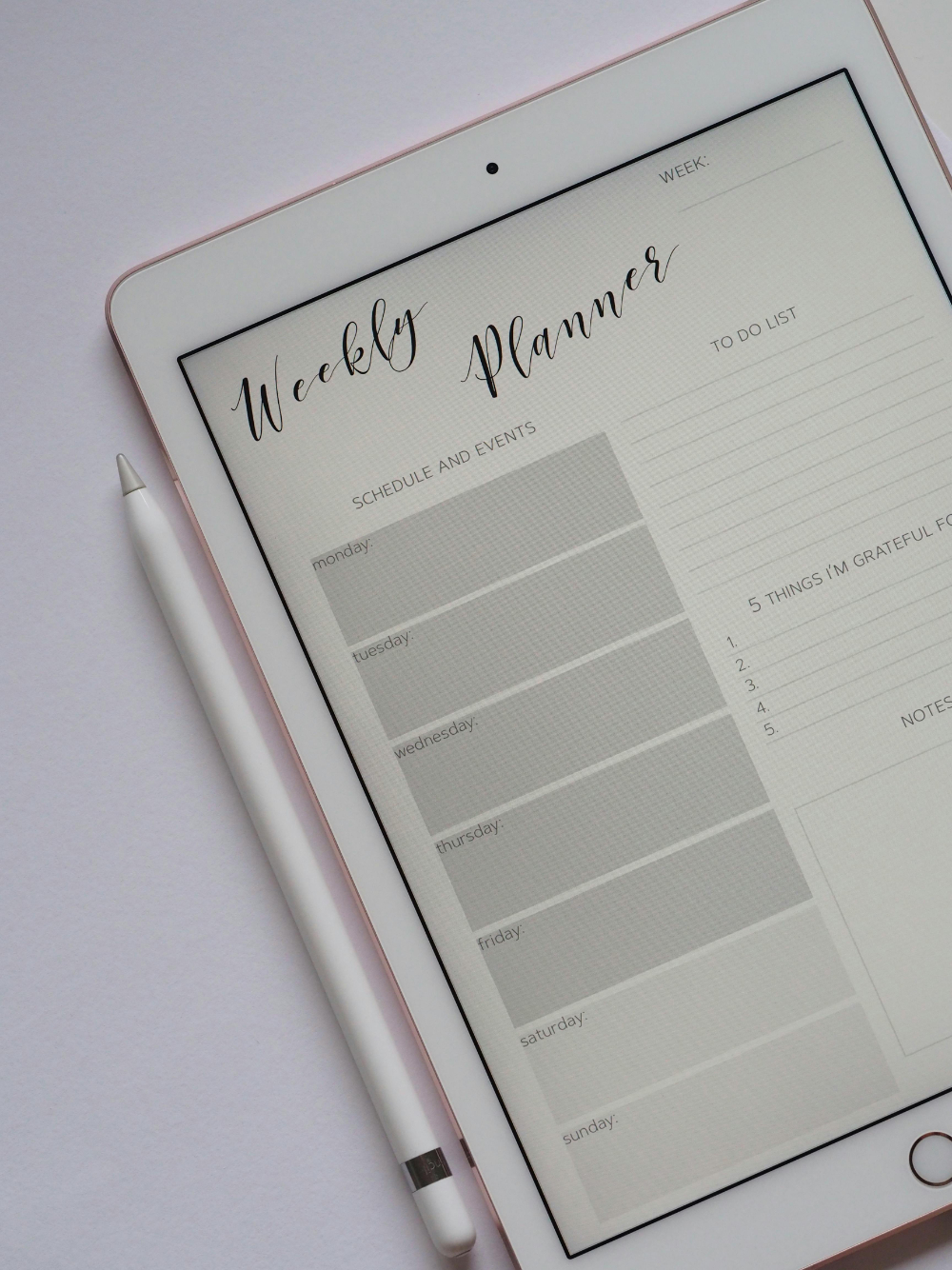
The power of consistency to build a fitness routine that sticks
We all know how tough it is to stick to a fitness plan. Life gets busy, motivation fluctuates, and sometimes exercise slips down our priority list..
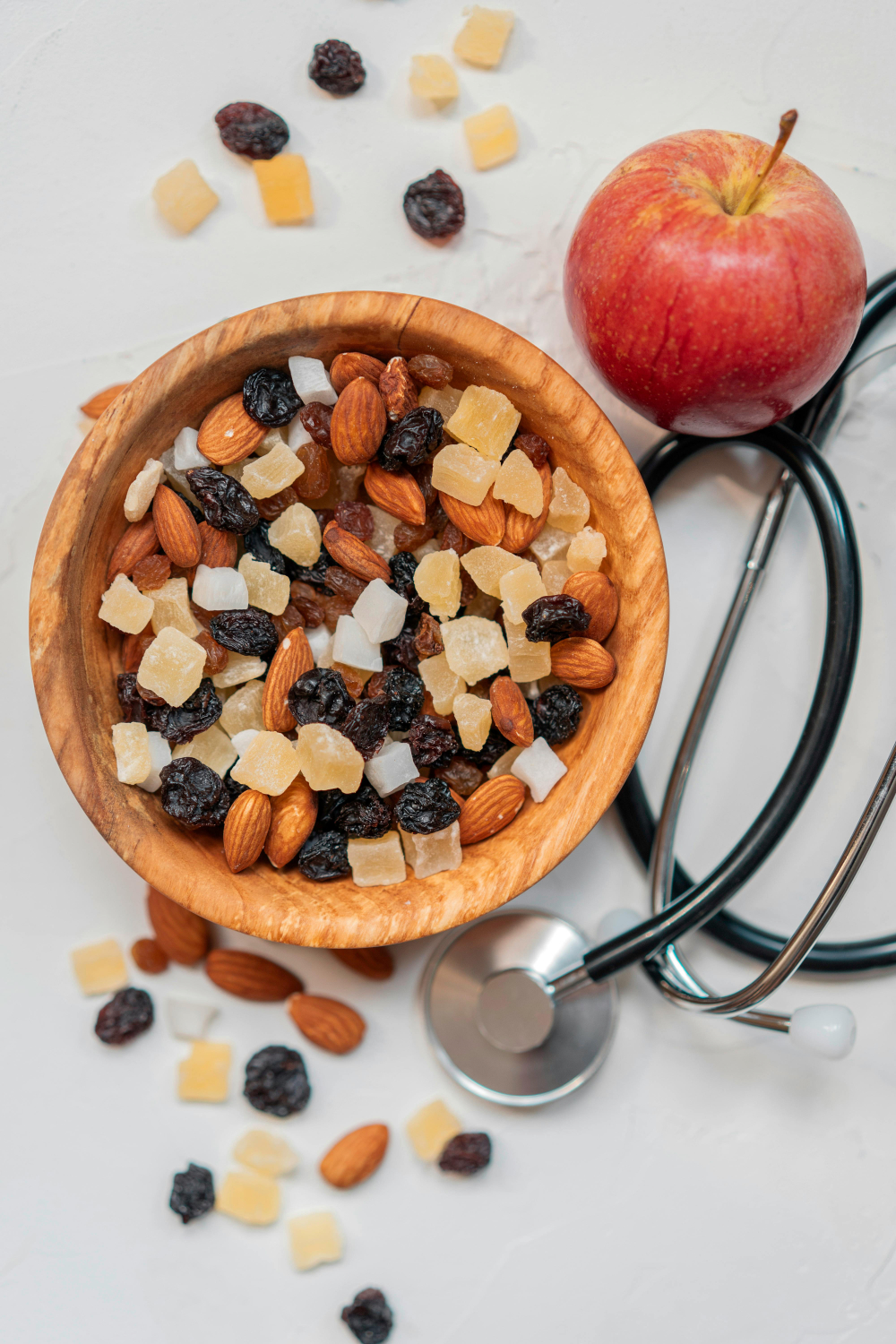
Can eating your way to healthy aging make a BIG DIFFERENCE
When it comes to healthy aging, many people often focus solely on exercise. While staying active is crucial, recent research highlights just how powerful our diet is in determining our health as we age..

Is Fluoride in the water a helpful fix or just covering the cracks
There’s talk again about adding fluoride to drinking water (this time in Plymouth) as a way to tackle rising levels of tooth decay, especially in children..

Simple Mobility Exercises to Relieve Stiff Joints
If you're spending all day at a desk, you've probably had to put up with creaking joints, cramped muscles, and occasional aches. The bright side?.
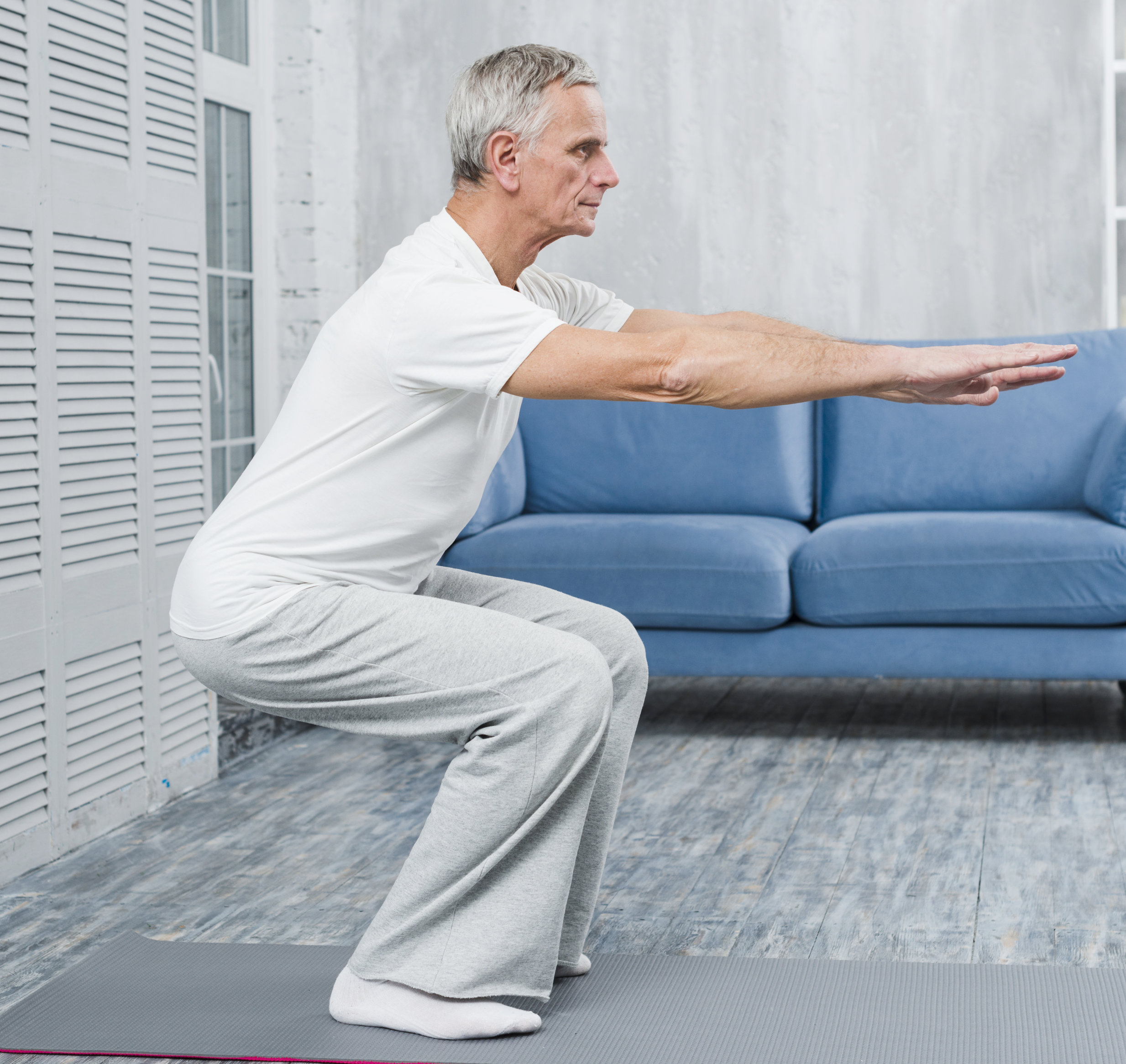
How Strength Training helps to Relieve Pain in Knees
Knee pain is infuriating. It can creep up on you over a period of time or hit you after many years of keeping active..

How to manage stress while maintaining good health
Life in a high-pressure job can be demanding, and stress often feels like an unavoidable companion..
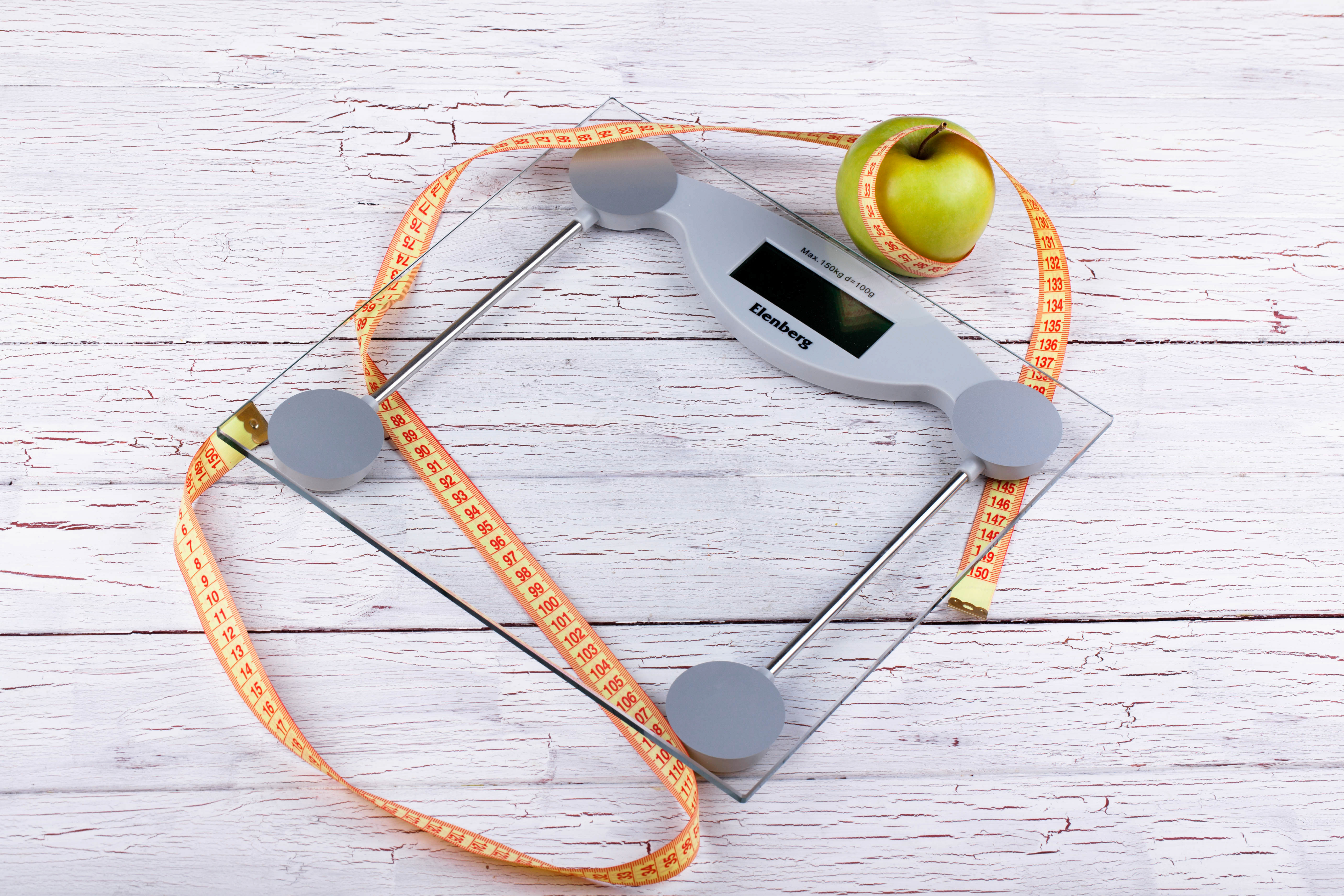
Is GLP1 a New Tool in the Fight Against Obesity
The UK government recently announced [1] a major trial investigating weight-loss drugs like GLP-1 agonists (e.g., tirzepatide) as part of the ongoing strategy to tackle rising obesity..

Why New Year's Resolutions often fail and how to Succeed
Did you know that a huge number of people (nearly 80%) give up on their New Year's resolutions by February?.
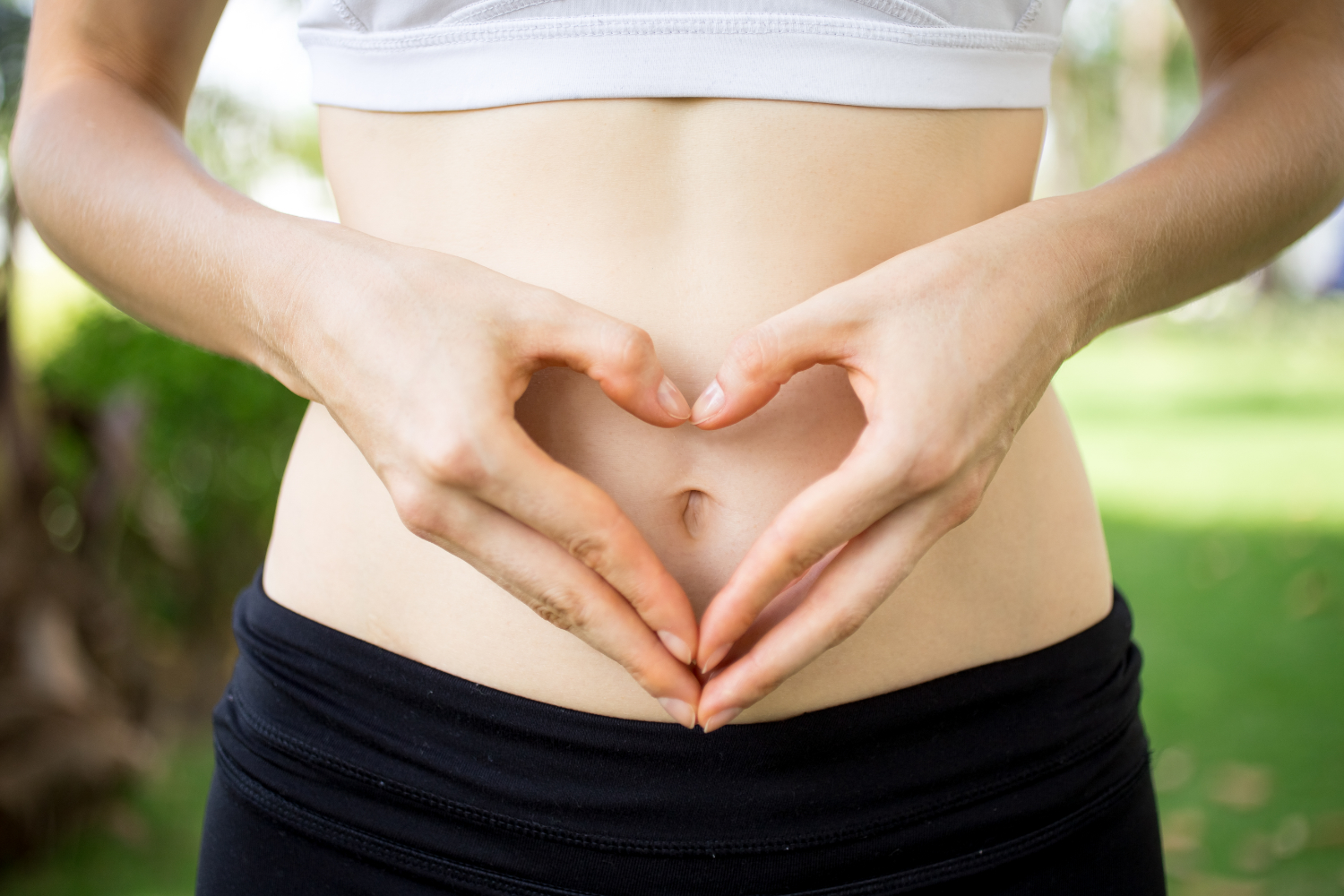
Gut Health The Game Changer for 2025
Gut health is fast becoming the wellness buzzword, and for good reason..
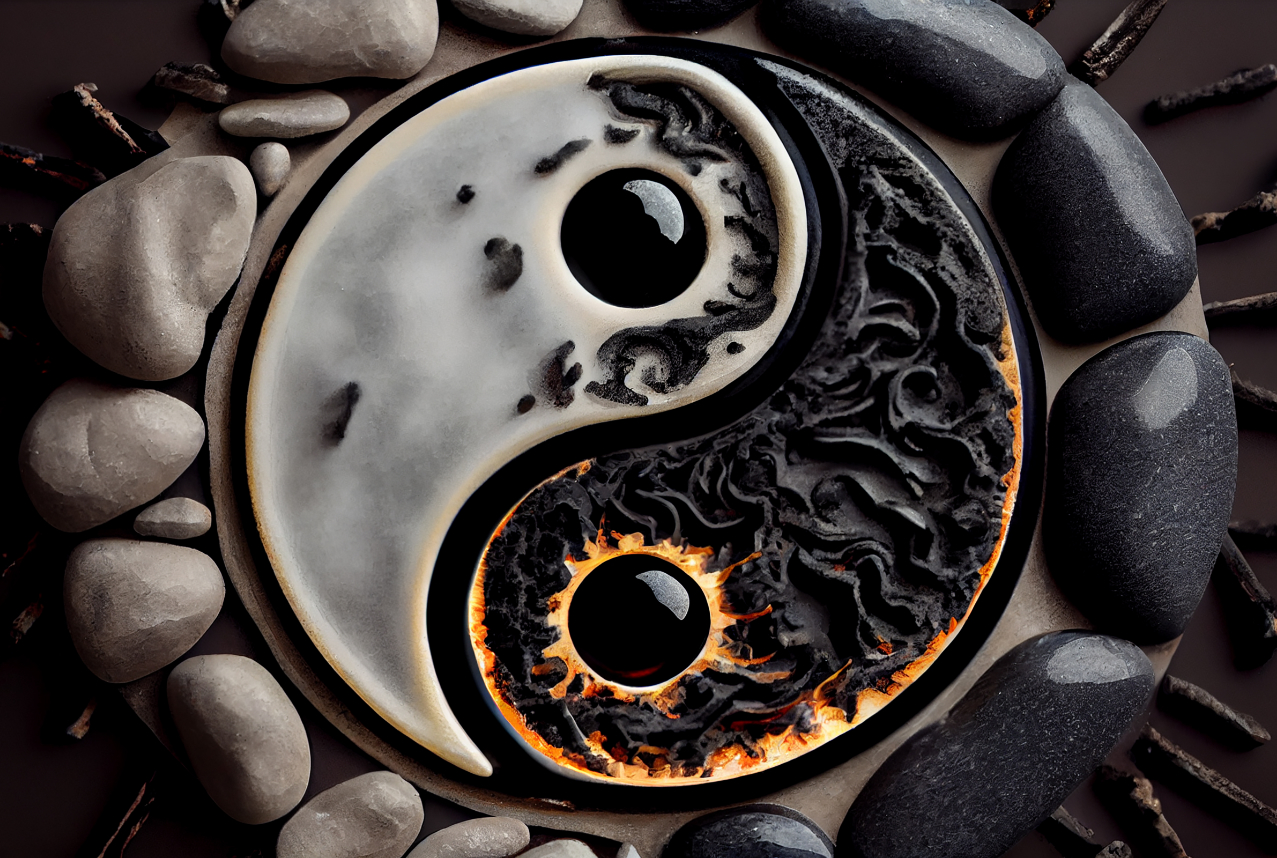
Understanding and Implementing Contrast Strength Training
Strength training has evolved into a science, and one method standing out in both athletic performance and general fitness is contrast strength training..
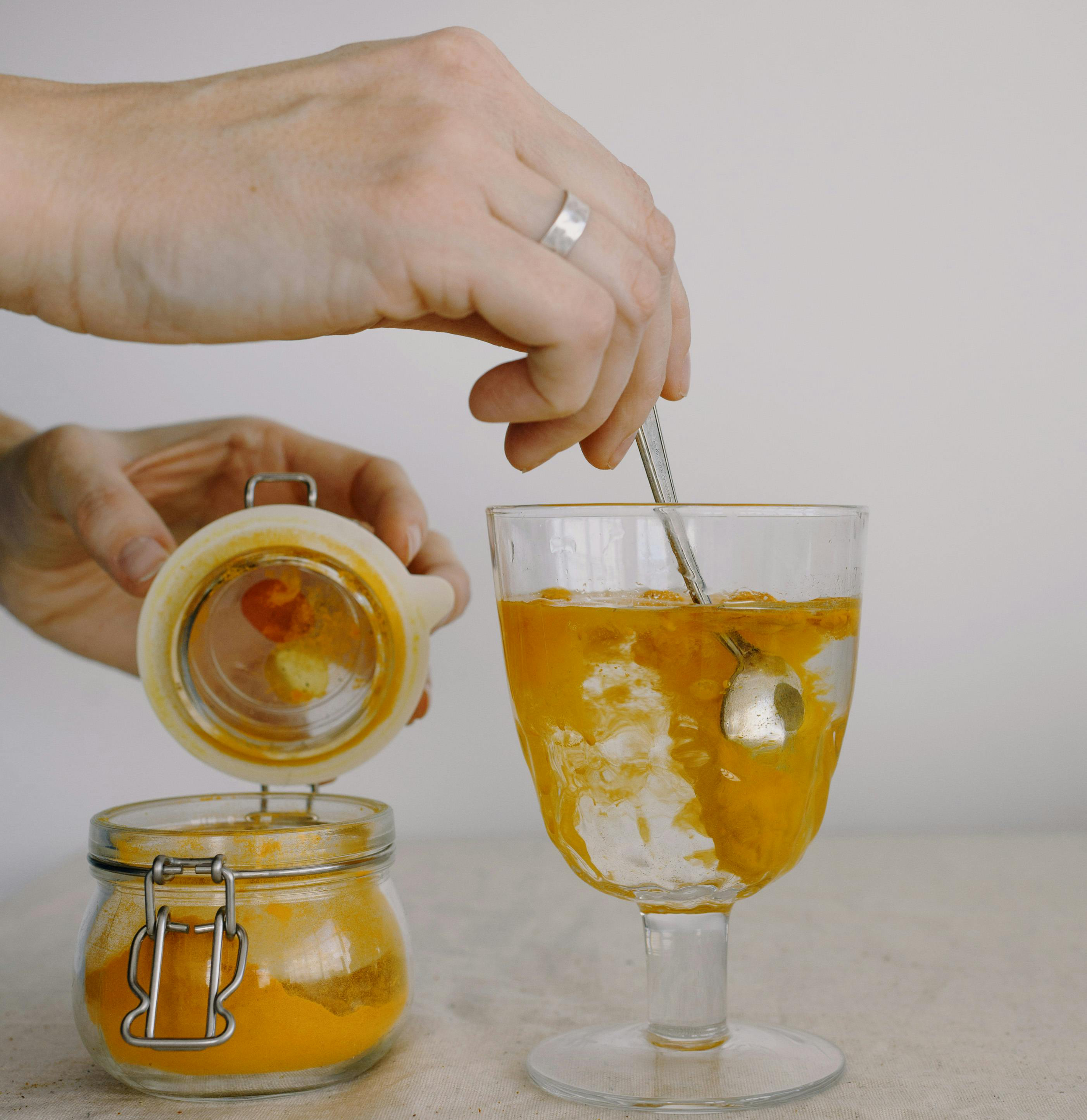
Turmeric: The Golden Spice of Health and Fitness
Turmeric, a vibrant yellow spice native to Southeast Asia, has gained global recognition not only for its culinary appeal but also for its impressive health and fitness benefits..
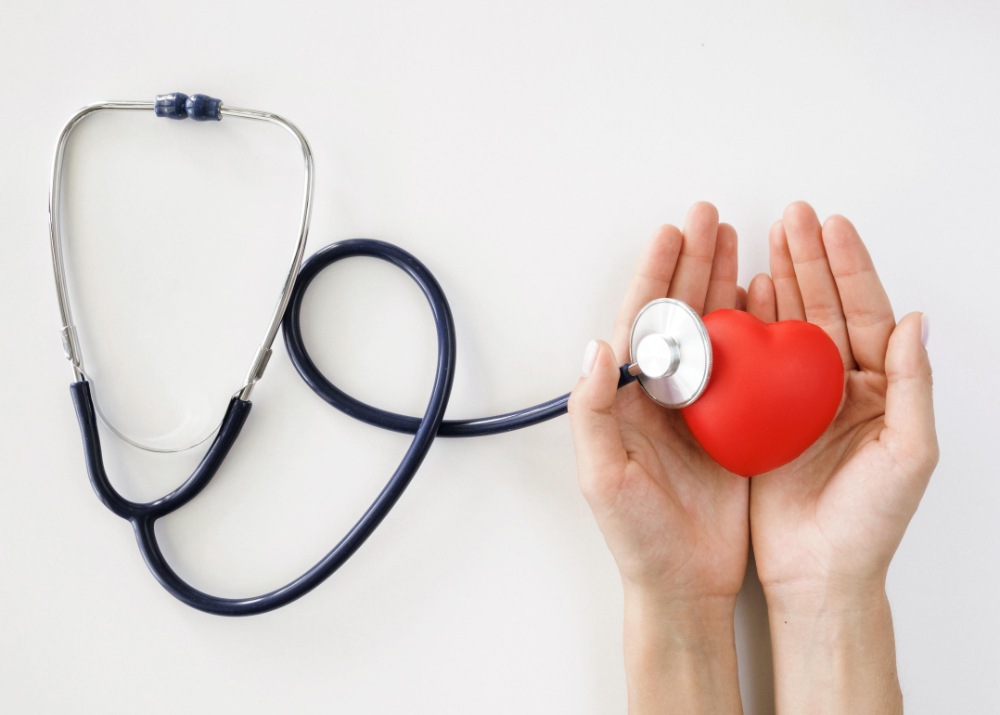
Sitting too much is harming your heart
Modern lifestyles have made prolonged sitting a daily norm, from long office hours to unwinding on the couch..
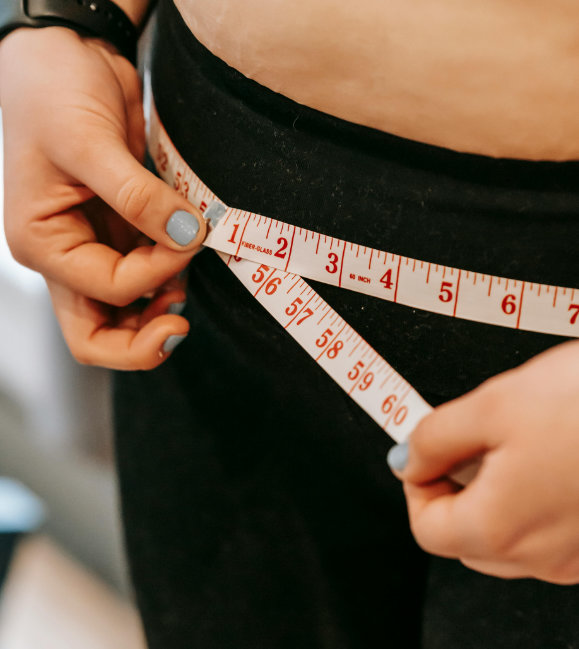
Why High Calorie Restriction Diets Don't Really Work
When people want to lose weight fast, the first instinct is often to drastically cut calories, believing that eating less will lead to quick fat loss..
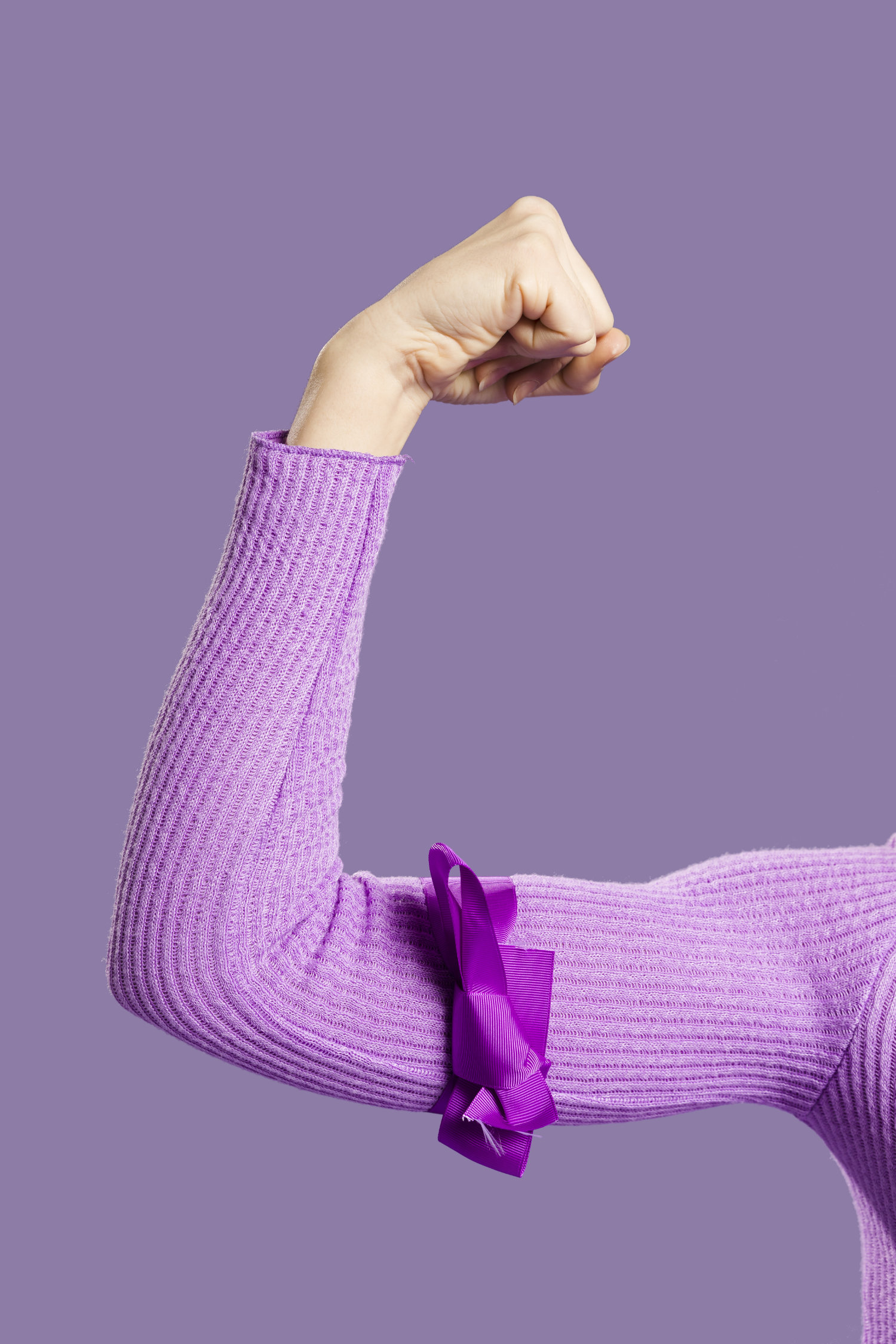
Strength Training Builds a Foundation for Lifelong Health
As we age, maintaining our physical health becomes increasingly important, yet many people still believe that getting stronger is something reserved for younger years..

Top 10 benefits of Resistance Training has for treating the symptoms of lower back pain
Resistance training offers lots of benefits for treating the symptoms of lower back pain, making it an essential part of a pain reductions programme..
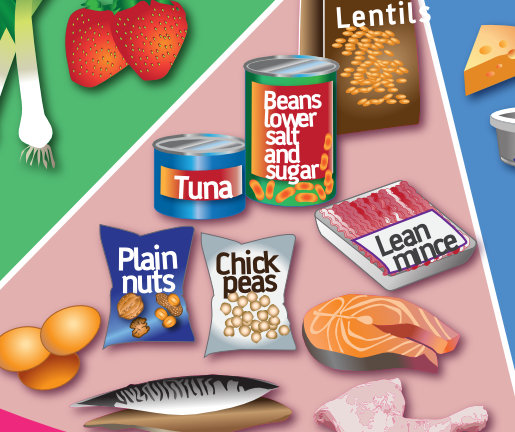
The Power of Protein: Why your body needs it
What exactly makes protein so essential, and how can you ensure you're getting the healthiest sources?.
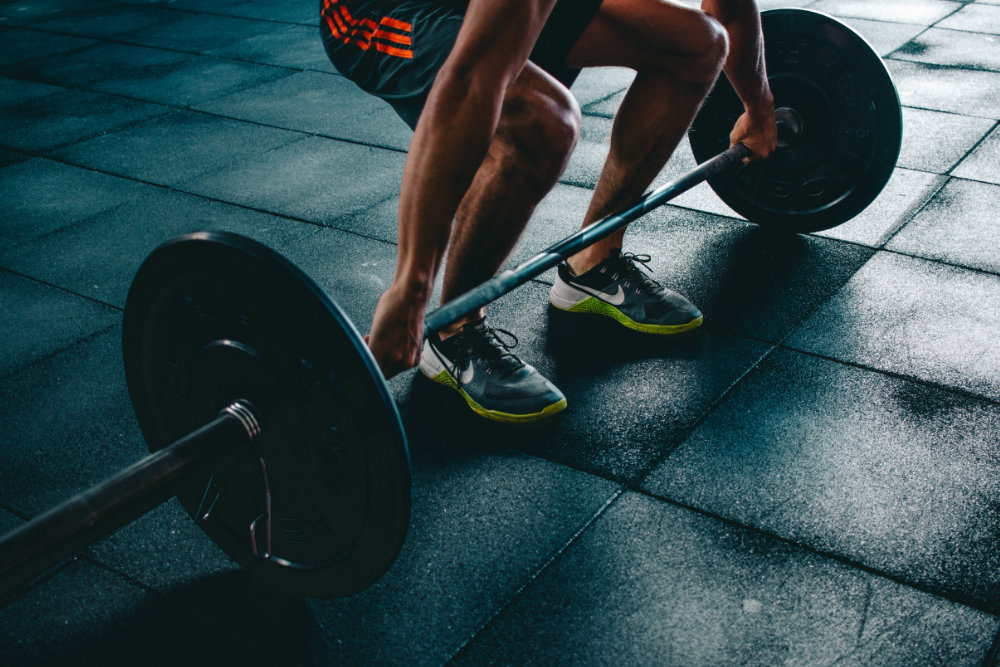
Is a periodised training programme only beneficial for athletes
When it comes to achieving optimal fitness and performance, the concept of periodised training has long been a cornerstone in the world of athletics..
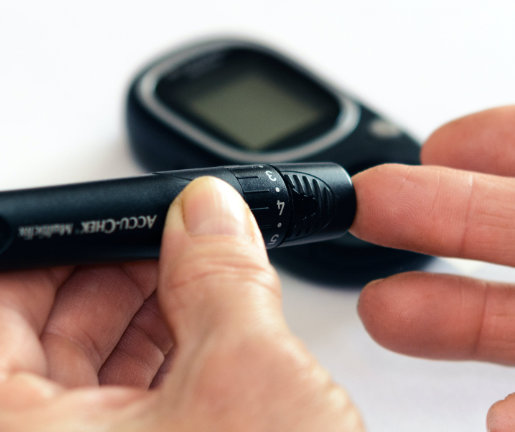
Can Exercise Reverse Type 2 Diabetes
Different forms of exercise, from aerobic activities to resistance training and HIIT, offer unique benefits in improving insulin sensitivity and overall health..

Is Exercise a Natural Antidote to Depression
Incorporating physical activity into your routine can contribute to a brighter, more resilient mental state..
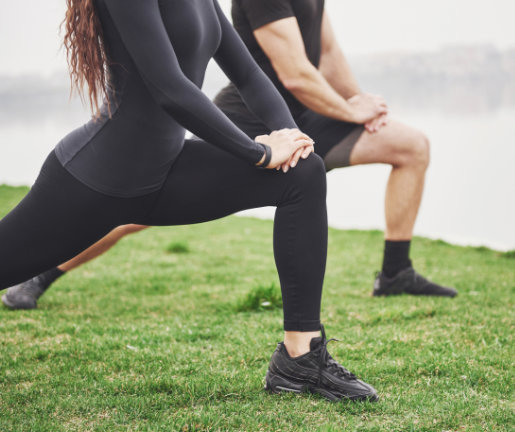
Does Static Stretching Before Exercise Decrease Performance
Numerous scientific studies have shown that static stretching before exercise can actually have a negative impact on performance..
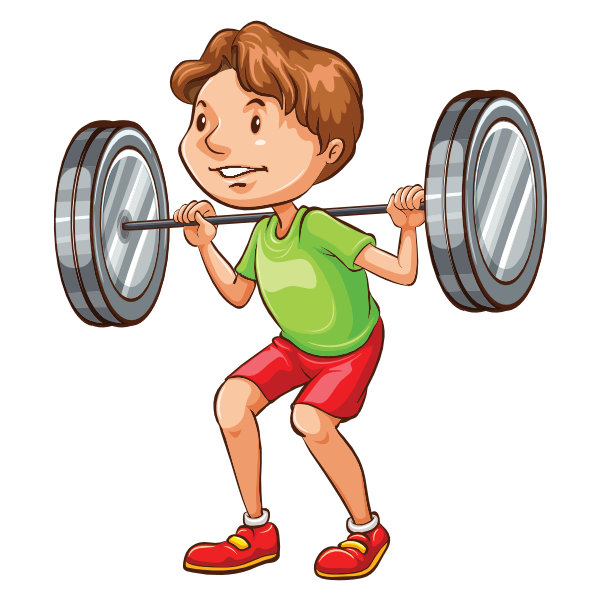
The Benefits of Resistance Training for Children
Resistance and weight training have long been associated with building muscle and improving strength in adults. However, there is a growing body of evidence suggesting that these forms of exercise can also be highly beneficial for children and adolescents..
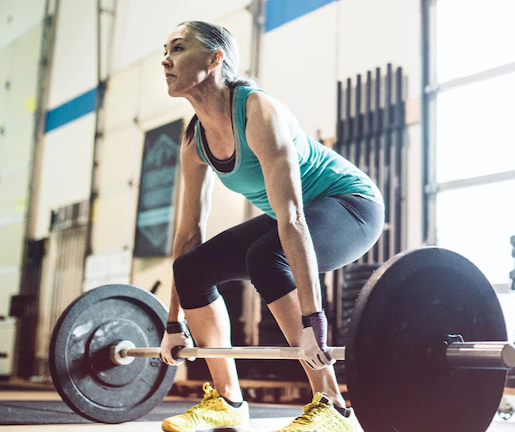
Is Strength Training good for managing the Menopause
Menopause is a significant phase in a woman's life, marked by hormonal changes that can bring various physical and emotional challenges..
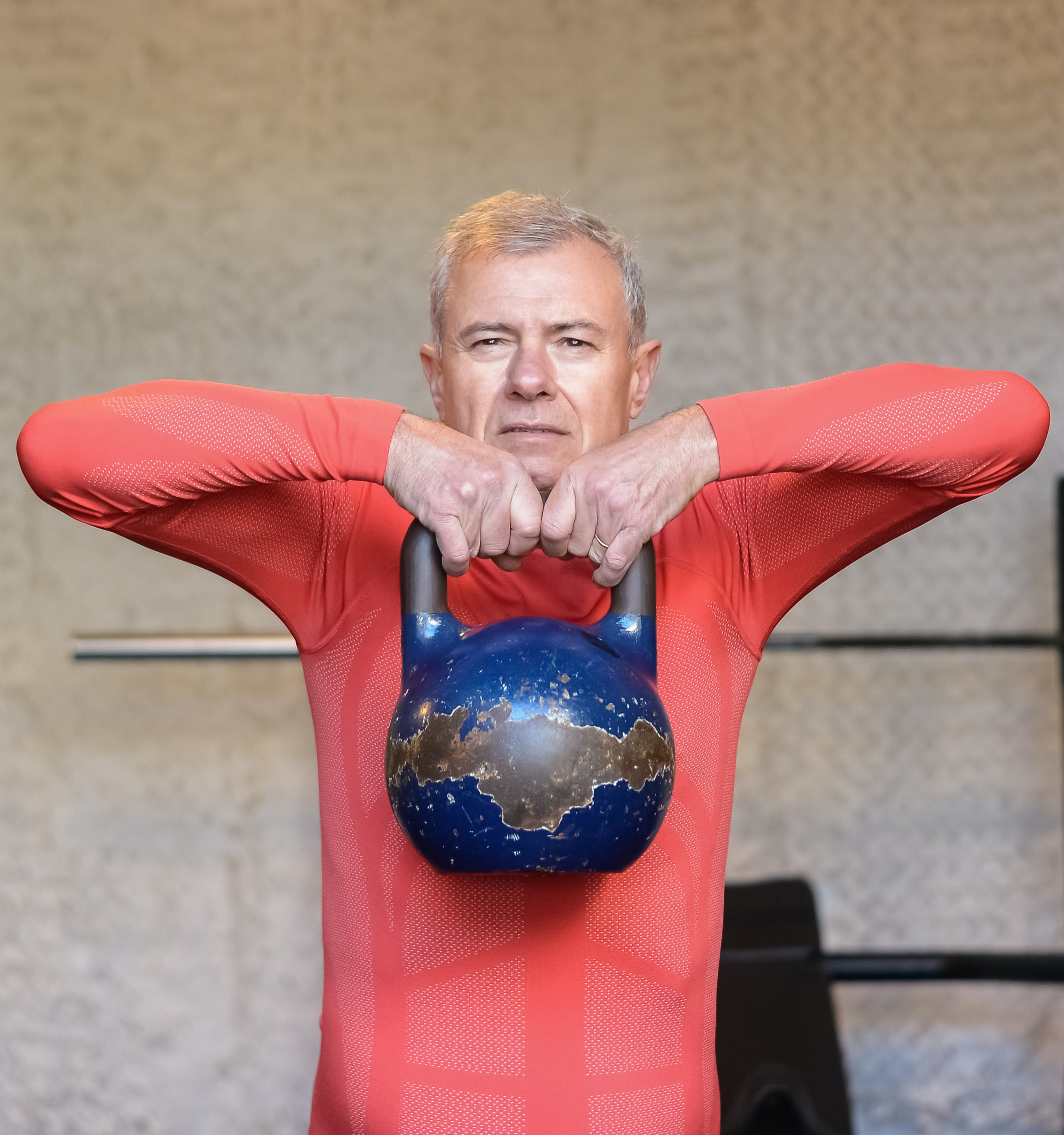
Is the Kettlebell the Ultimate Workout Tool
In the realm of fitness, the search for the ultimate workout tool is endless. When it comes to efficiency, versatility, and effectiveness, I think it could be the kettlebell..

Use it or lose it as the old saying goes
As the years go by, it is commonly believed that our bodies inevitably lose muscle mass, bone density decreases, and overall strength declines. However, scientific evidence suggests otherwise..
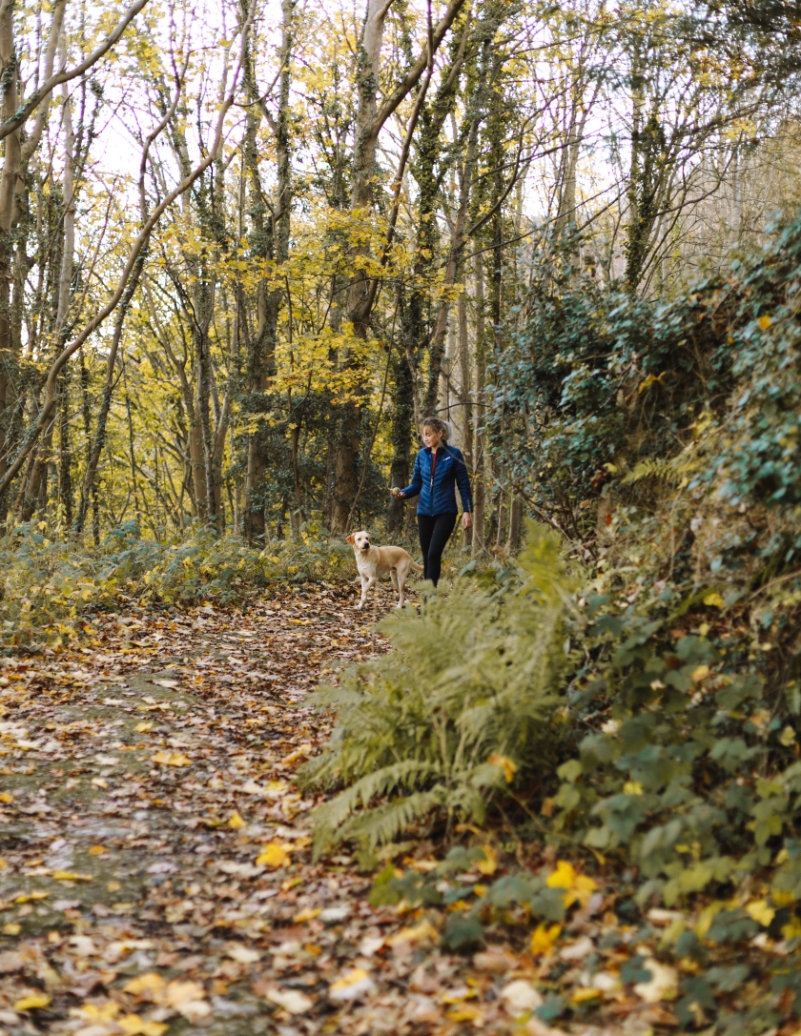
Don't be a cave man....be active this autumn
The nights getting darker and temperature dropping signal a time for cozy evenings and warm comfort foods. With this change in season also comes a tendency to slow down, exercise less, and indulge in calorie-rich treats..
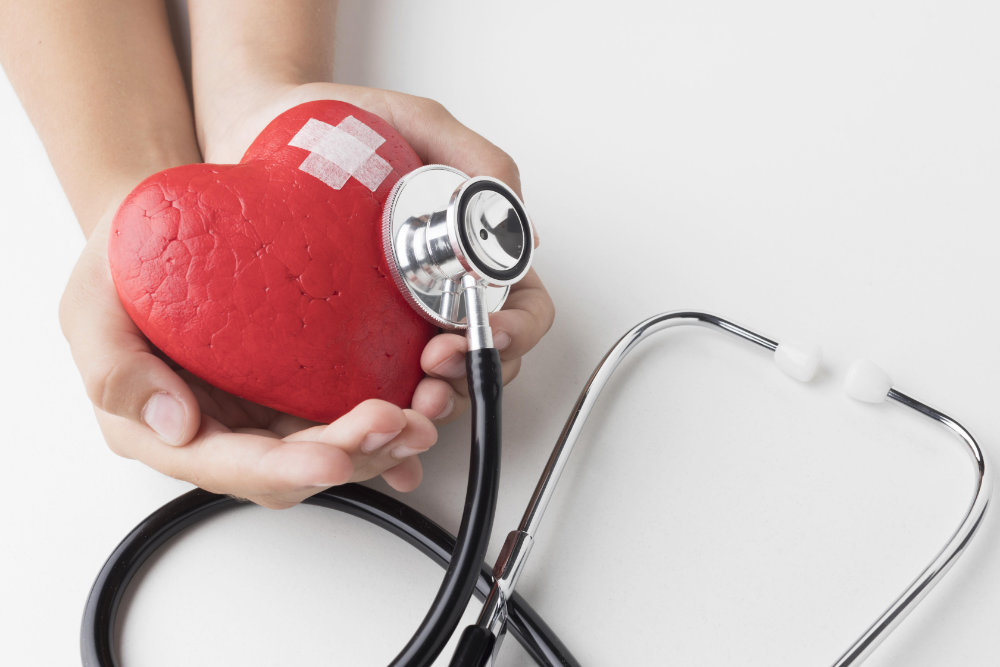
Hypertension and High Intensity Interval Training
If you’re currently suffering from hypertension or pre-hypertension then perhaps carrying out some form of High Intensity Interval Training (HIIT) might be able to help reduce it..